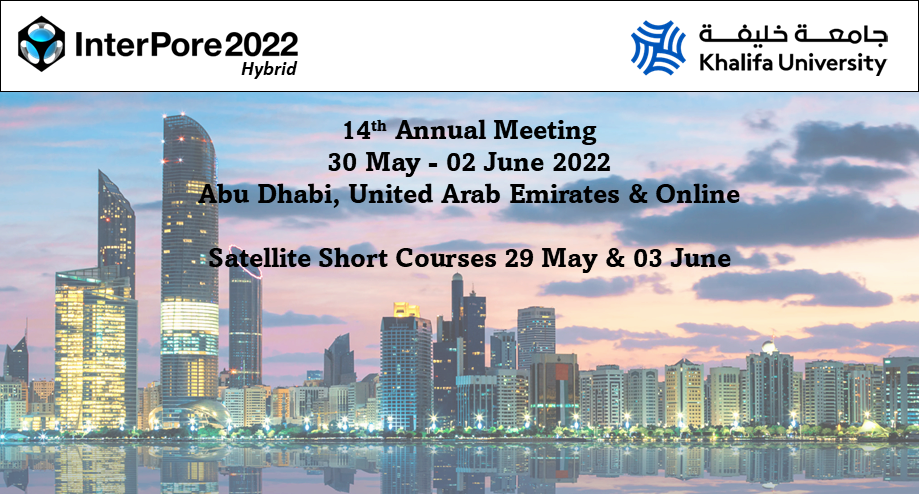Speaker
Description
Porosity and permeability are particularly important parameters in the petroleum industry, where the possibilities of hydrocarbons exploitation depend on reservoir properties. The computational methods have become more popular in the analyzes of fluid flow and heat transfer in porous media. The flow of gas at the microscale differs with respect to flow at the conventional scales [1]. The primary difference is that slipping of gas molecules may occur at the solid-gas interface [2]. The paper presents the results of CFD modeling in the form of mass flow rate changes and permeability changes for the examined pore space. The permeability was determined based on the results of CFD modeling and the modified Darcy equation [3]. Computational analysis of fluid flow through the pore space was performed with the use of the Finite Volume Method (FVM). To solve Navier-Stokes equations using the FVM method, a numerical mesh was generated by dividing the entire 3D geometric model into small Control Volumes (CV) and calculating the desired values in each mesh cell. The fluid flow simulation results are the local velocity, mass flow of the fluid, and pressure in each grid cell, depending on the pressure difference at the inlet and outlet of the analyzed sample (boundary conditions). The 3D geometrical model used in simulations can be obtained using various measurement techniques. The presented work uses the results of a computed X-ray tomography (CT) and a specialized study of pore space using a developed tool for image analysis - poROSE software [4]. In the case of low porous rocks, it is necessary to consider the phenomenon of slip to determine the permeability value correctly. The calculation results at slip conditions were carried out using the Maxwell model in the presented work. The effective permeability can be up to 1.68 times greater considering the slip phenomenon. The change in the mass flow rate of gas and the effective permeability of the rock sample showed a high impact of slip conditions on the achieved results. The proposed approach can be used to estimate TMAC values for different porous materials by comparing measured core samples and calculated permeability.
References
[1] Agrawal A., A Comprehensive Review on Gas Flow in Microchannel. International Journal of Micro-Nano Scale Transport, 2011 vol. 2 iss. 1, 1–40.
[2] Beskok A., Karniadakis G.E. and Trimmer W., Rarefaction and Compressibility Effects in Gas Microflows. Journal of Fluids Engineering, 1996 vol. 118, 448–456.
[3] Madejski, P., Krakowska, P., Habrat, M., Puskarczyk, E., Jedrychowski, M., Permeability determination in tight rock sample using novel method based on partial slip modelling and X-ray tomography data. International Journal of Numerical Methods for Heat & Fluid Flow, 2020 vol. 30 iss. 6 spec. iss.: Numerical simulation of heat transfer and fluid flow processes, 3053–3063.
[4] Krakowska P., Madejski P., Research on fluid flow and permeability in low porous rock sample using laboratory and computational techniques. Energies, 2019 vol. 12 iss. 24 art. no. 4684, 1–17.
| Participation | Online |
|---|---|
| Country | Poland |
| MDPI Energies Student Poster Award | No, do not submit my presenation for the student posters award. |
| Time Block Preference | Time Block B (14:00-17:00 CET) |
| Acceptance of the Terms & Conditions | Click here to agree |









